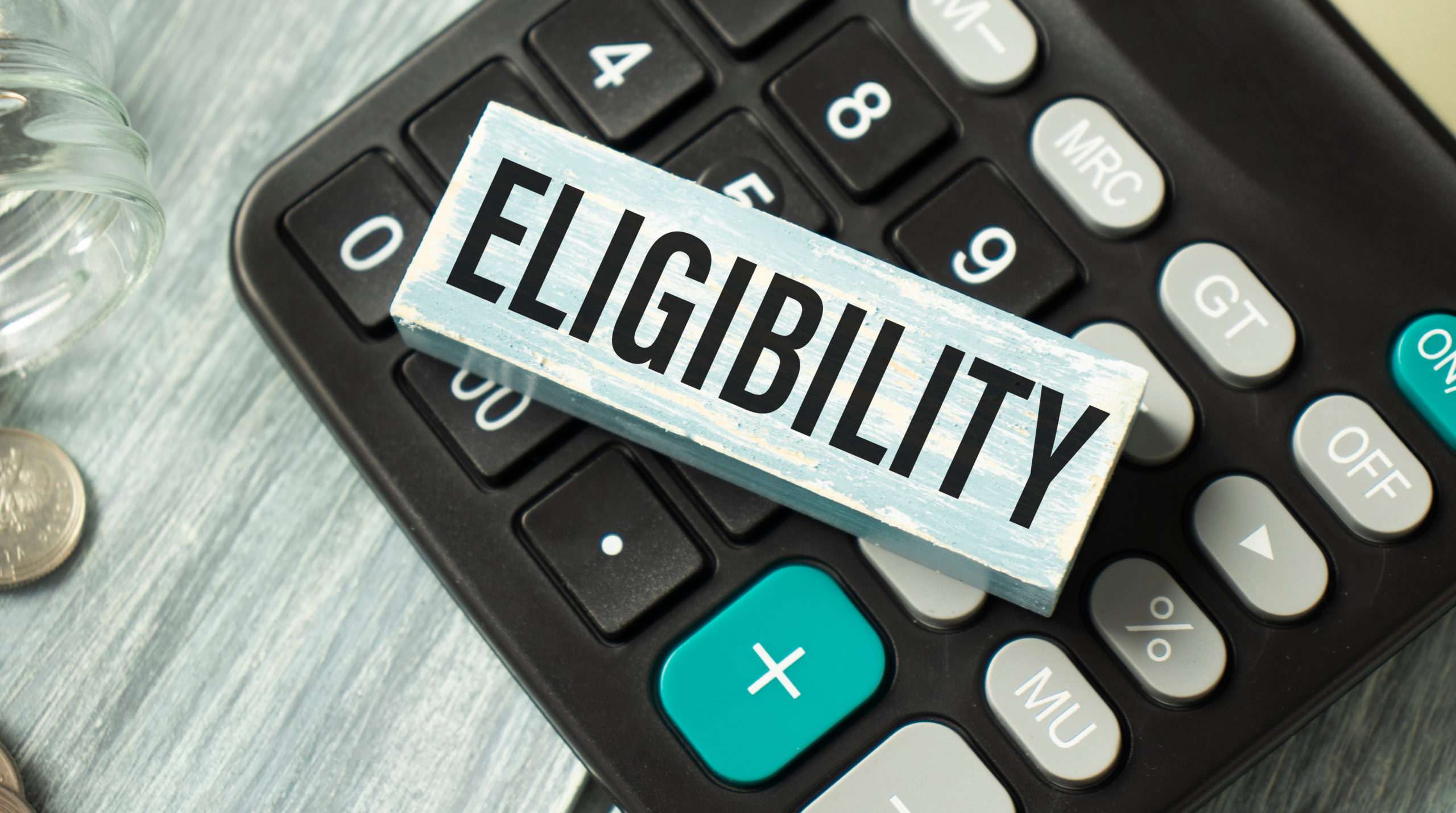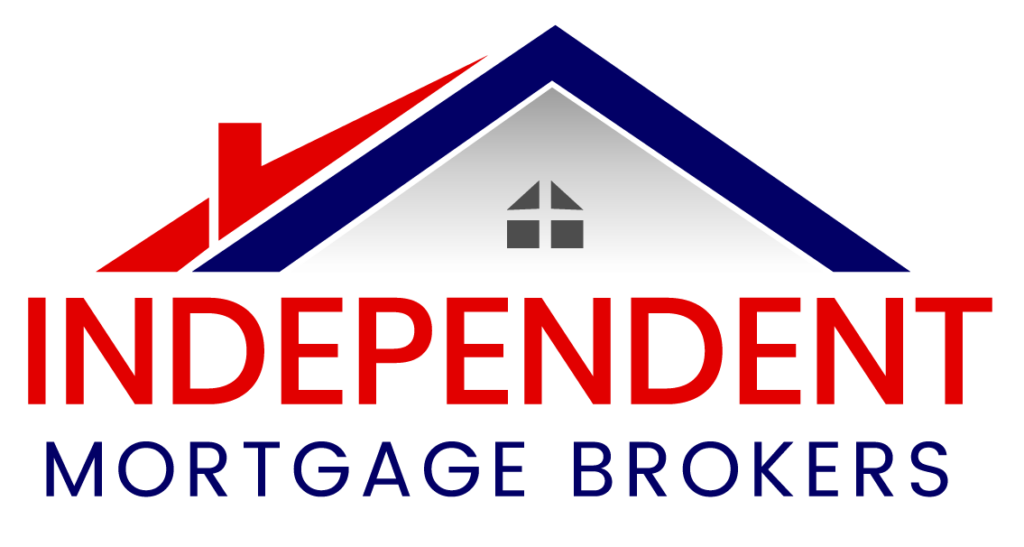What Is Shared Ownership?
Having the option to purchase 100% of your property may not be possible for some people. There may be obstacles in the way such as income or it could be down to the geographical area in which you want to live. You may be quite simply priced out of the area. It may be possible for you to look at alternative methods of home ownership such as shared ownership.
The shared ownership schemes are generally offered for sale via your local housing association. The scheme in its most simple of term, is you purchase part of the property but rent the remaining part from the housing association. Usually you purchase in 25% increments, so potentially you would look to purchase 25% of the property value and rent the remaining 75% from the housing association. The share you can buy is usually between 25% and 75%. You can buy a 10% share on some homes.


How To Qualify?
If you need a mortgage to purchase your share, you will need to obtain a specialist shared ownership mortgage. Not all banks and building societies offer this type of mortgage. Here at Independent Mortgage Brokers, we are able to guide and advise you on which shared ownership mortgage best suits your individual needs and circumstances.
There are different rules on:
- shared ownership in Scotland
- shared ownership in Wales
- shared ownership in Northern Ireland
Eligibility
You can buy a home through shared ownership if both of the following apply:
- Your household earns £80,000 a year or less (£90,000 a year or less in London)
- You cannot afford all of the deposit and mortgage payments for a home that meets your needs
One of the following must also be true:
- You’re a first-time buyer
- You used to own a home, but cannot afford to buy one now
- You own a home and want to move but cannot afford a new home suitable for your needs
- You’re forming a new household – for example, after a relationship breakdown
- You’re an existing shared owner and want to move

Some shared ownership homes in a ‘designated protected area’ are only available to buy if you have a connection to the area. If you buy one of these homes, you:
- May only be able to buy a share of up to 80%
- Must sell it back to the landlord or a buyer nominated by the landlord – you cannot sell your home on the open market
If you own a home. When you apply for shared ownership, you must have:
- Accepted an offer for the sale of your current home (called ‘sold subject to contract’ or ‘STC’)
- Written confirmation of the sale agreed (called a ‘memorandum of sale’) including the price and your intention to sell
- You must have completed the sale of your home on or before the date you complete your shared ownership purchase.

Older & Disabled People
Older People
If you’re aged 55 or over you can buy up to 75% of your home through the Older People’s Shared Ownership (OPSO) scheme. Once you own 75% you will not pay rent on the rest.
Disabled people
You can apply for a scheme called home ownership for people with a long-term disability (HOLD) if other Help to Buy scheme properties do not meet your needs, for example you need a ground-floor property.
Shares
Buying more shares
You can buy more of your home after you become the owner. This is known as ‘staircasing’.
You can buy shares of 5% or more at any time.
If you bought your house in 2021 you may also be able to buy shares of 1% each year for the first 15 years. Ask your landlord if this applies to you. You cannot buy shares of 2%, 3% or 4%.
The cost of your new share will depend on how much your home is worth when you want to buy the share.
Selling your home

If you own a share of your home, the landlord has the right to find a buyer for your home. The landlord also has the right to buy it first (known as ‘first option to buy’ or ‘pre-emption’).
You can sell your share yourself if the landlord does not find a buyer and they do not want to buy it themselves.
If you own 100% of your home, you can sell it yourself.










